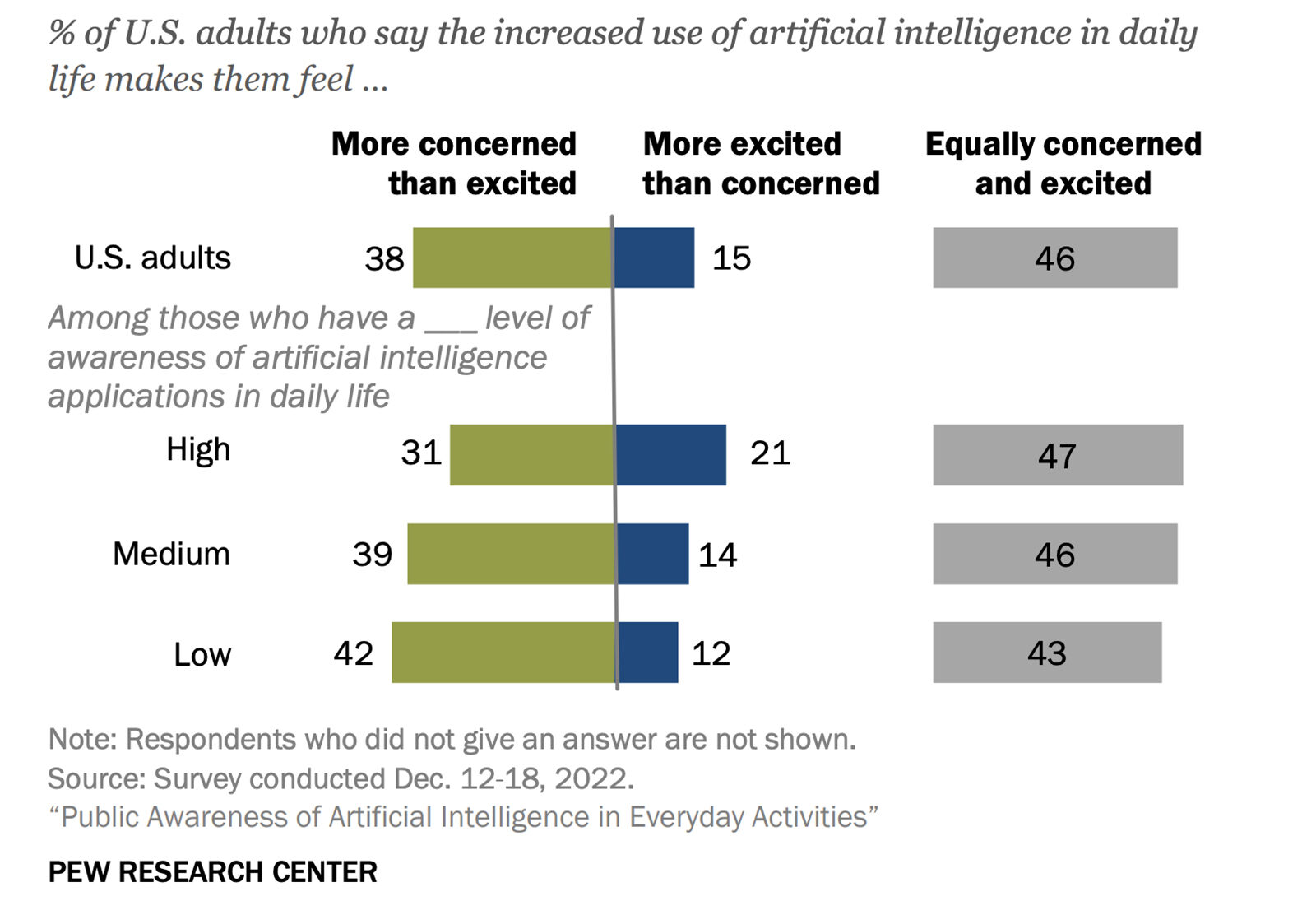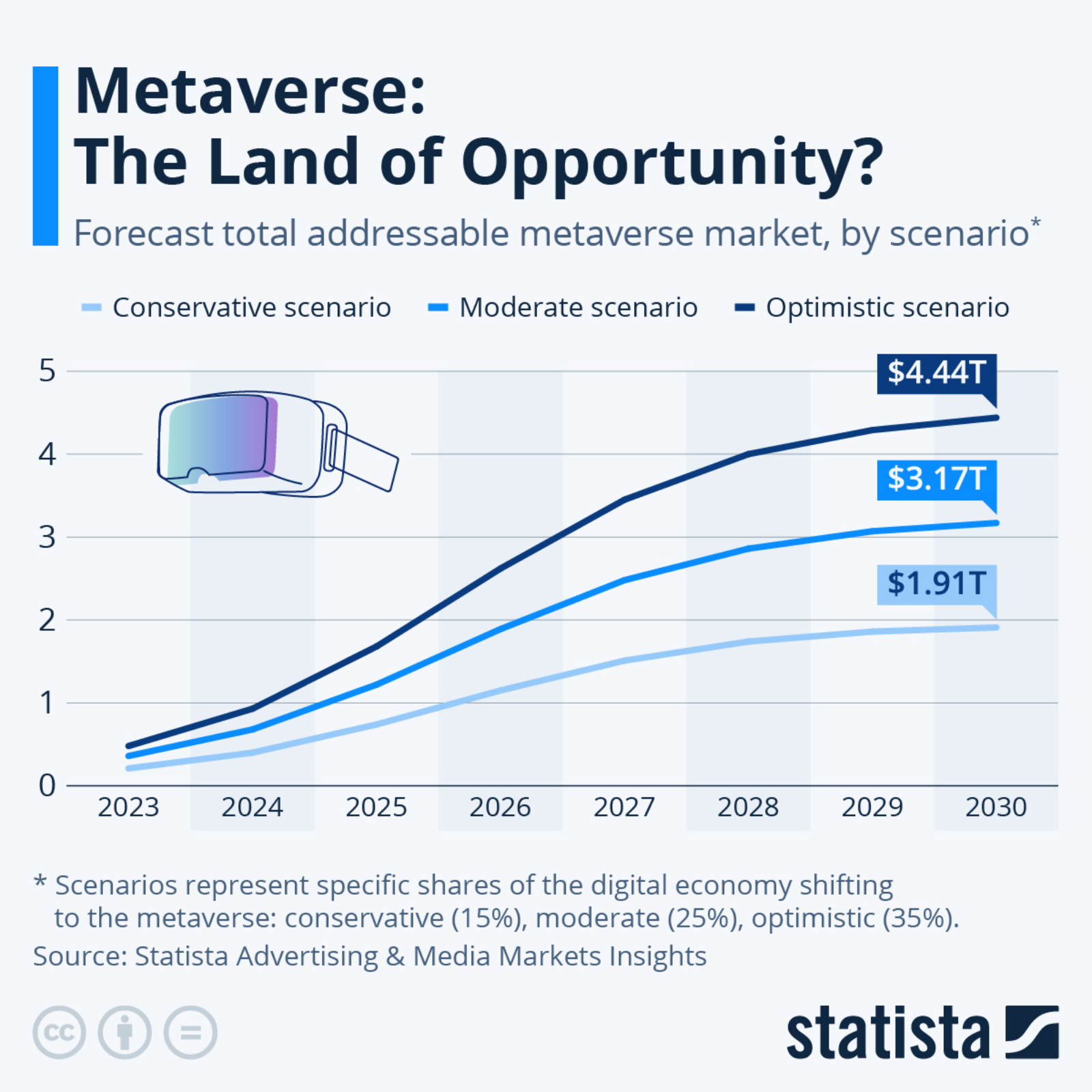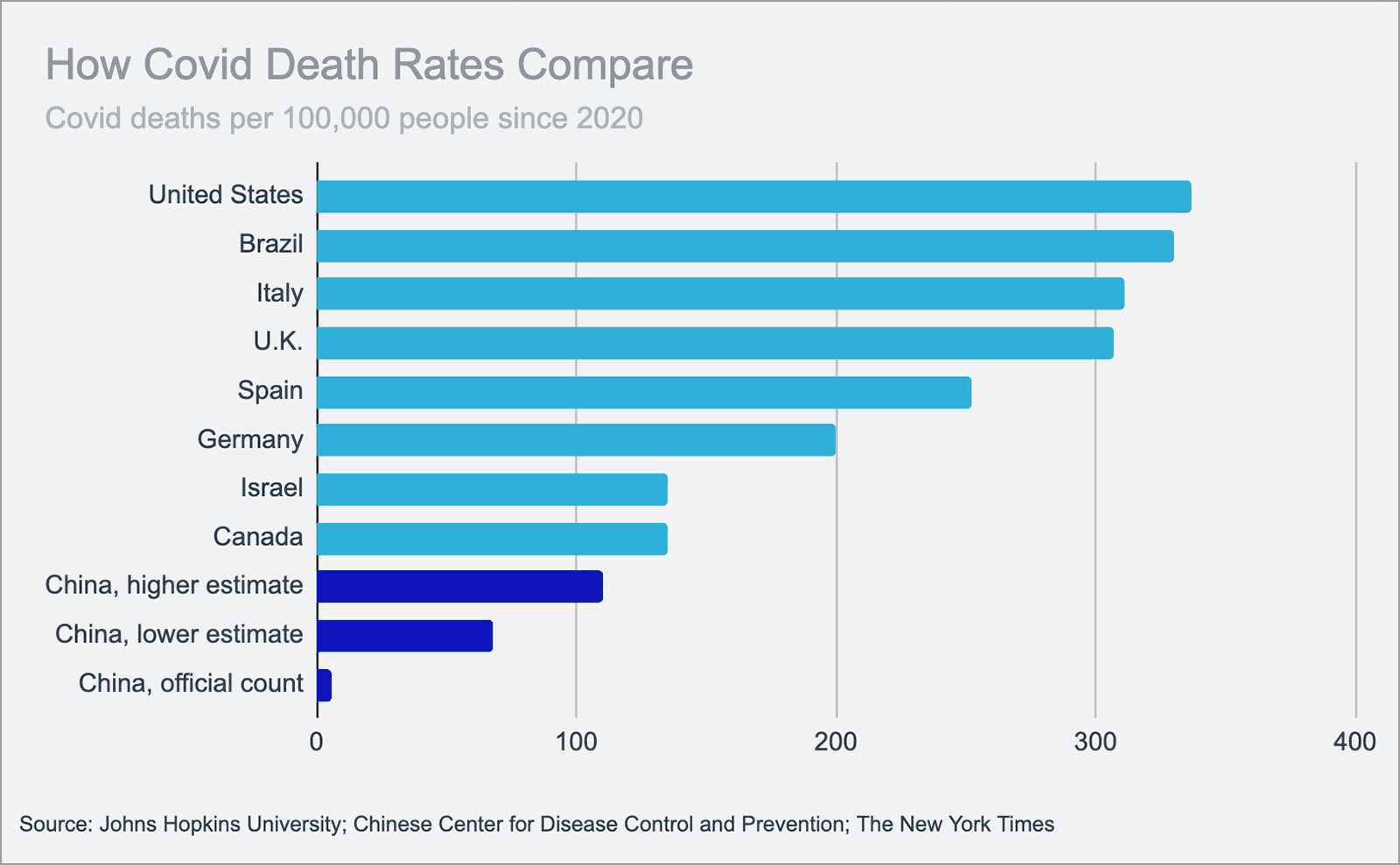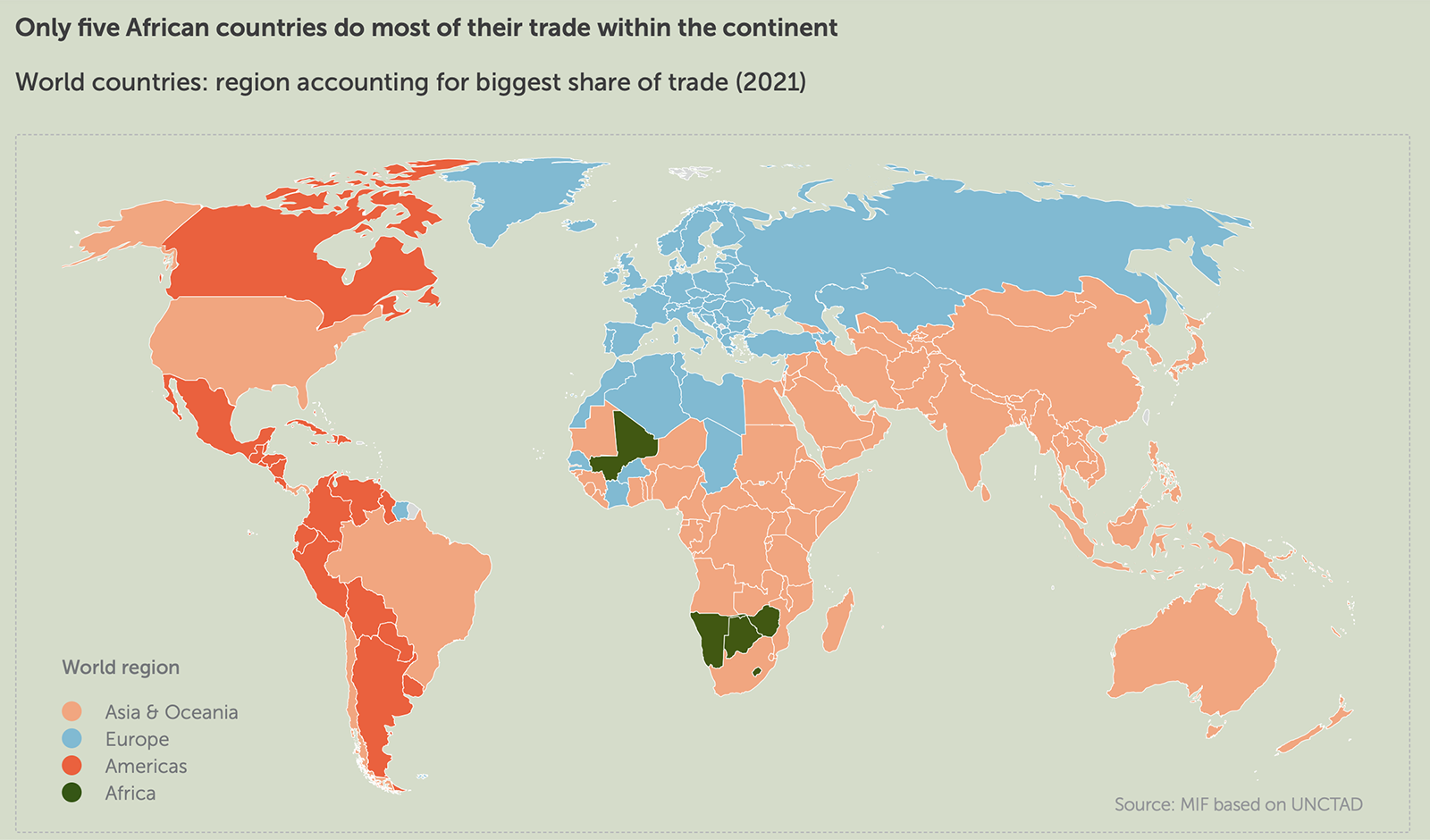Dangerous Air Quality: 5 Asian Countries That Surpass the WHO’s Limit
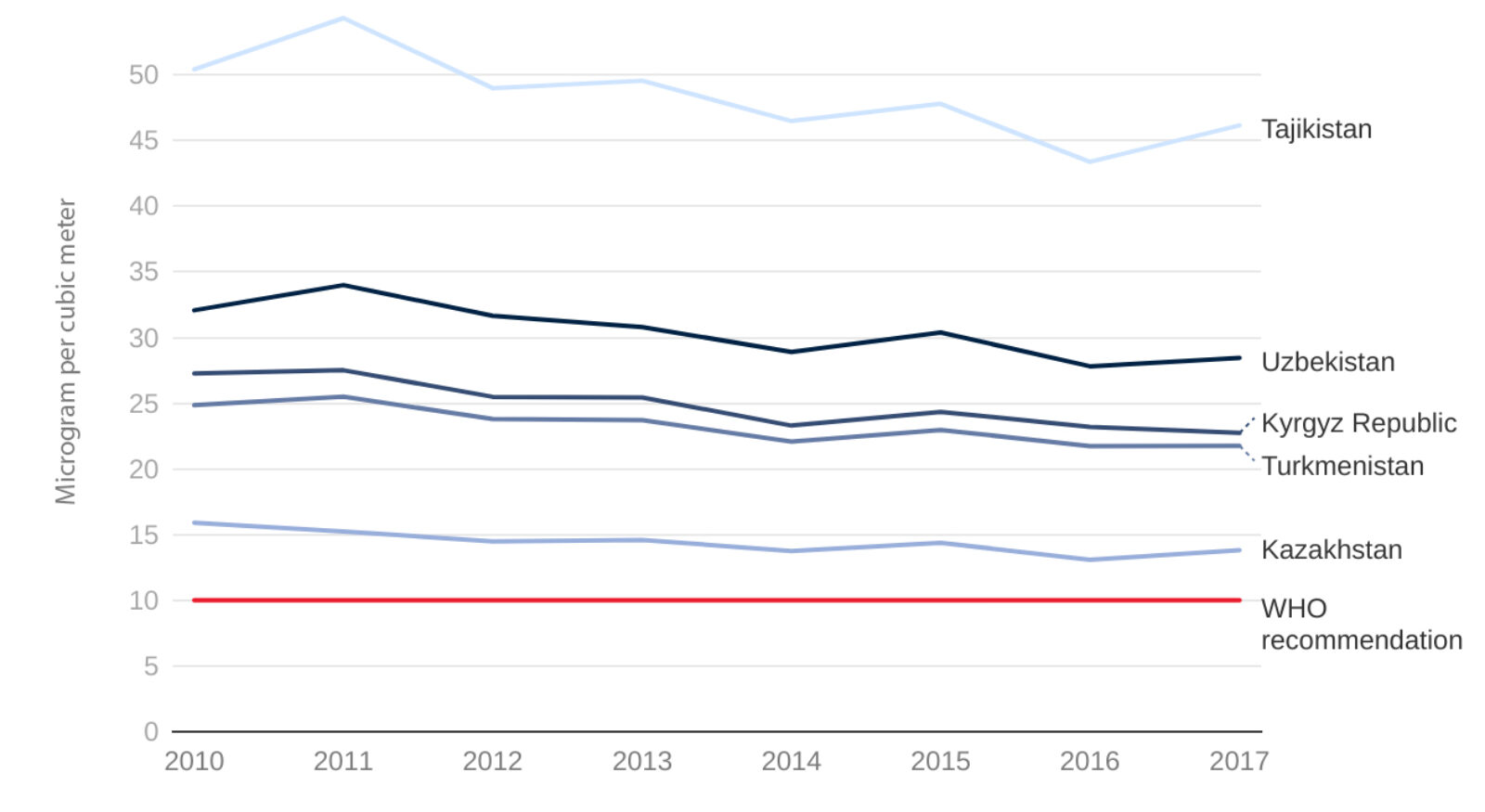
Source: World Bank
Five Central Asian countries far exceed the WHO’s recommended exposure to air pollution — 10 micograms per cubic meter on average each year. Bishkek, in the Kyrgyz Republic, recorded the highest level of pollution in the world last year.
At an international level, the cost associated with the damage to health, driven by poor air quality, is estimated to be $5.7 trillion — around 4.8% of global GDP. Asia accounts for 53% of global emissions, ranking as the largest contributor to global emissions. With immediate action, Central Asia could contribute to GHG emissions reductions goals by 2030 while simultaneously improving people’s health and achieving billions in economic gains.
The World Bank identifies five actions that Central Asia could take for more sustainable air quality, including improving the precision of air quality monitoring, as well as investing in cleaner fuels and technologies. The World Bank also recommends overhauling industry permits and offering incentives to encourage behavior change. All actions would “require a formal commitment from governments, financial investments, capacity building, and the deployment of new technology.”


